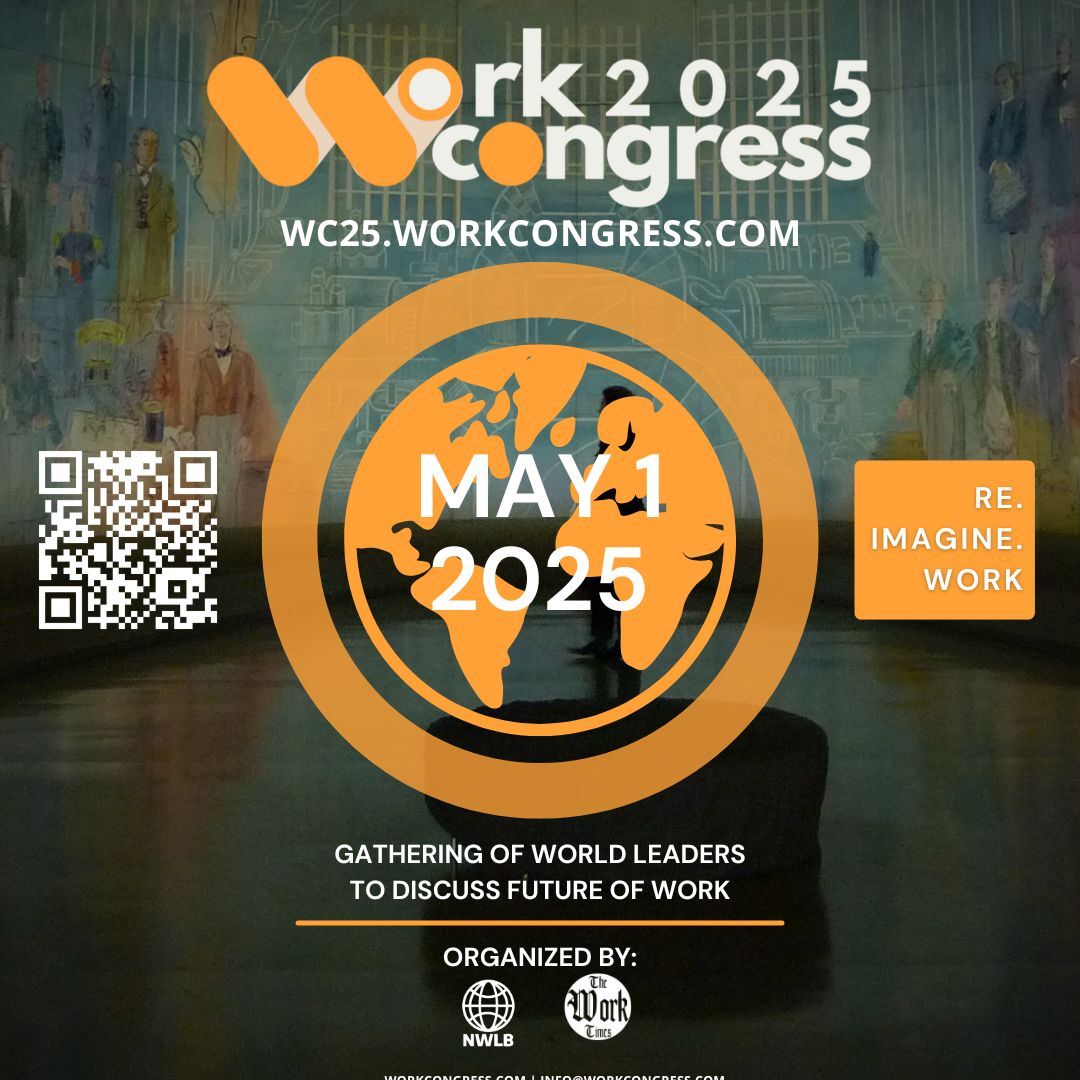In the ongoing quest to develop truly intelligent machines, one compelling tension remains at the heart of the conversation: why doesn’t artificial intelligence think exactly like humans? This question doesn’t just reflect a gap; it reveals a profound reimagining of intelligence itself. As AI systems evolve, the landscape of reasoning, learning, and decision-making is shifting—away from mimicking human cognition toward embracing capabilities unique to machines.
Human intelligence is deeply nuanced, shaped by millions of years of evolution, complex sensory inputs, rich social contexts, and subjective experience. Our reasoning is often intuitive, emotional, and sometimes flawed—but fundamentally embodied and contextual. AI, by contrast, operates without consciousness, emotions, or sensory embodiment. The way AI “thinks” is inextricably linked to algorithms, data patterns, and optimization procedures rather than the layered, embodied wisdom humans carry.
Current AI architectures, including state-of-the-art large language models and reinforcement learning agents, succeed spectacularly in tasks once considered exclusively human: language generation, strategic game playing, and pattern recognition. Yet, these achievements don’t emerge from replicating the human brain’s inner workings. Instead, they arise from harnessing massive datasets, computational power, and statistical generalization. This marks a conceptual pivot: intelligence doesn’t have to arise from human-like thought processes to be profoundly effective.
This divergence uncovers the real frontier in AI—its ability to innovate alternatives to human reasoning, rather than imitate it. Consider how AI approaches problem-solving: it can detect subtle correlations invisible to people, synthesize information across vast domains quickly, and generate novel conceptual mappings that defy human intuition. These strengths demonstrate a form of intelligence that’s complementary, not competitive, with the human mind.
The fascination with replicating the human brain may obscure the unique opportunities AI presents. Instead of struggling to duplicate every nuance of human cognition, progress hinges on shifting the goalposts. What if we embraced AI’s distinct logic and methods as a new paradigm? This perspective encourages explorations into hybrid systems where human insight and machine computation form symbiotic partnerships, leveraging each’s comparative advantages.
Moreover, the philosophical implications are profound. Intelligence divorced from human subjectivity invites us to reconsider the very definition of thinking. Is reasoning tied inherently to lived experience and consciousness, or can it be reframed as a series of transformations on data—statistical and symbolic—that achieves functional understanding? AI challenges us to think expansively about cognition beyond anthropocentric limits.
Of course, challenges remain: AI’s brittle understanding, lack of common sense, and difficulties in contextualizing knowledge expose limitations. These remind us that current models are steps along a long path, not final destinations. Progress often entails layered complexity—building systems that reason with increasing depth, flexibility, and groundedness.
Ultimately, the pursuit of AI’s evolution offers inspiration beyond technology. It propels a broader dialogue about intelligence, creativity, and the essence of mind. In appreciating how AI thinks differently, we glimpse not just better machines but new frameworks for understanding ourselves and the boundless forms that intelligence might take. Embracing this multiplicity invites innovation and hope—reminding us that the future of AI is less a copy of humanity and more a powerful expansion of what intelligence can be.
For the AI news community, this evolving conversation is both a challenge and an opportunity: to look beyond familiar narratives, to engage deeply with the alternative modes of reasoning emerging today, and to help shape a vision of artificial intelligence that celebrates difference as much as fascination.

